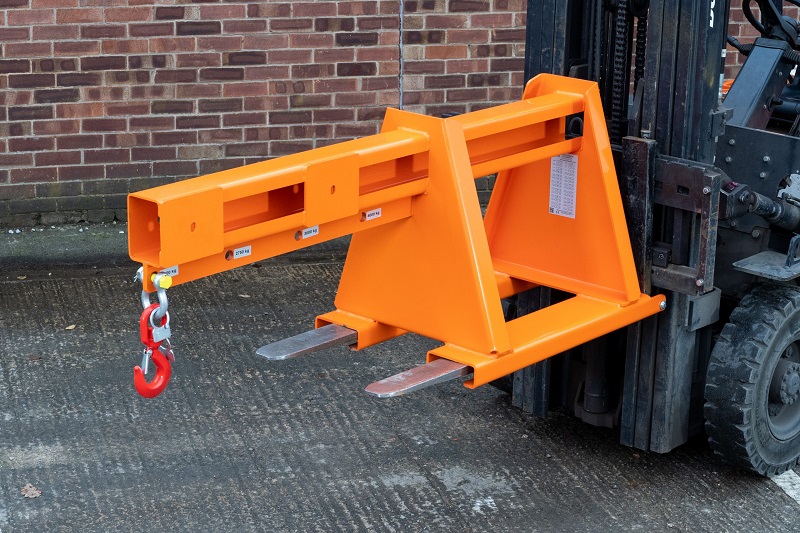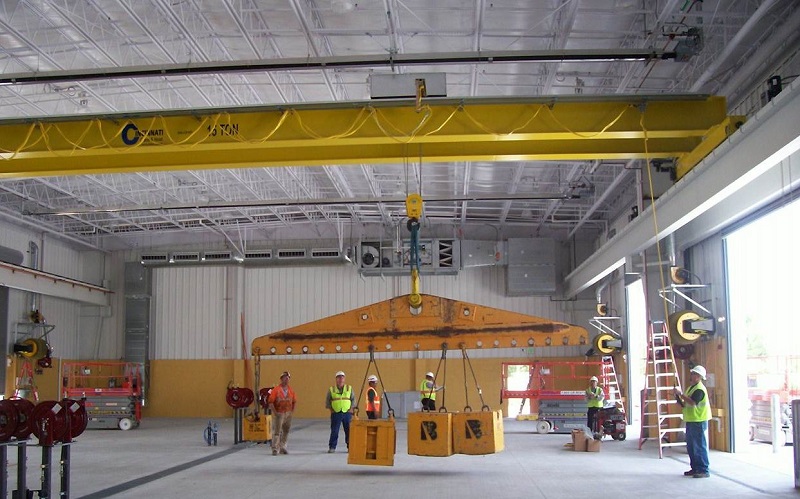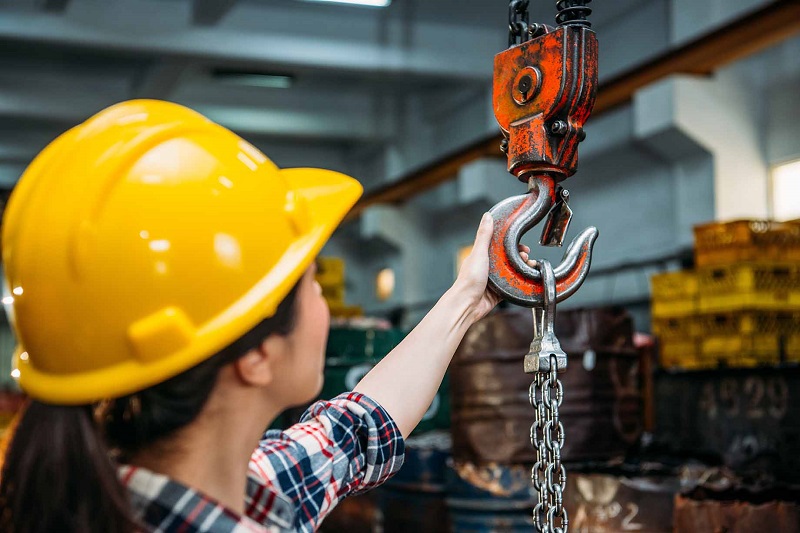Every single type of lifting equipment is characterised by its weight bearing capabilities and the same can be said for hoisting equipment. Hoists are, generally speaking, one of the safest pieces of lifting equipment as they come with safety features incorporated into their design. If maintained properly those safety mechanisms will take care of you for as long as you use the hoist.
Hoisting equipment is also quite versatile as it can be used in a wide range of applications due to its straightforward design. You can also expect to improve workplace productivity with hoists as they are quite an efficient piece of machinery that allows for precise workplace as well as good handling.
Types of Hoisting Equipment

Manual
The simplest and probably most affordable hoisting equipment are manual hoists. With a manual hoist, you get a chain that operates the whole mechanism which relies on a welded link load and a roller load. Manual hoisting equipment for sale can be found anywhere as they are the starting point for many shops.
Rack & Pinion
With a rack & pinion hoist, you can expect to have probably one of the quietest hoists. They are quite versatile too and are typically rather easy to install. Rack & pinion hoisting equipment is much safer than a manual hoist and it can have different power requirements to suit your needs.
Hook-Mounted
A hook-mounted hoist is, as you’d suspect, suspended by a hook. This makes them work best with trolleys or any other type of material handling equipment that’s mounted on a framework. There are different types of hook-mounted hoists including pneumatic, electric and manual.
Lug-Mounted
One of the most versatile hoists in terms of design is a lug-mounted hoist since any type of hoist lifting equipment can be made into a lug-mounted hoist. That’s because this design can be attached to a trolley’s structural framework and to a beam, meaning it can be used inside of a headframe or above a hoisting well.
Trolley-Mounted
With a trolley-mounted hoist, you get a piece of industrial lifting equipment that can only work on a trolley. But because there are so many trolleys, trolley-mounted hoists are actually quite versatile as they can be used on manual, plain as well as pneumatic and electric trolleys.
Powered
A powered hoist can be any hoist that is either electric, hydraulic or pneumatic. These hoists are usually the most powerful ones in terms of lifting capacity but they are also not the most affordable solution.
Powered hoist lifting equipment is also much quicker than any other type of hoist. Hydraulic are the most powerful powered hoists while pneumatic ones are the most reliable. Electric ones offer power and reliability but they’re not the most affordable option.
What Matters in Hoisting Equipment

Distance
When searching for a hoist you should keep in mind the distance that you need to move a load with it. The greater the distance, usually, the larger the hoisting equipment you’ll need. In this case, a trolley can be of great help.
Capacity
The lifting capacity of hoisting equipment for sale will determine how heavy of a load you can lift with it. The greater the capacity, again, the larger the industrial lifting equipment but that’s not always the case as nowadays there are hoists that are not as big yet can lift a considerable amount of weight.
Height
The height at which a hoist can lift a load is going to make a big difference in how you use it. Although the greater the lifting the more space you’ll need to have available, the higher you’ll be able to move loads which can be crucial in a warehouse.
Speed
Something that not a lot of people pay attention to is the lifting speed of a hoist lifting equipment The quicker you’re able to lift and place a certain amount of weight from one place to another, the less downtime you have between loads, palletised or not. This can significantly affect both efficiency and productivity.
Line

There are different materials a hoist’s line comes made of and it can affect how long you’ll be able to use it and with what loads. Mainly the line is a wire rope, chain or cable. A chain is the strongest while a wire rope is the most affordable while a cable is the best middle-ground choice as it shares the best of both worlds but it’s not applicable in every setting.
Suspension
The type of suspension a hoist has will tell you how it will be suspended. It will be either by hook, a trolley or a mounted suspension device.
Final Thoughts
No matter the size of your storage facility or manufacturing plant, a hoist can make all the difference. If implemented well and if the right type of hoist is used you can ensure a smooth workflow as well as one with fewer hazard points, meaning a safe one too.